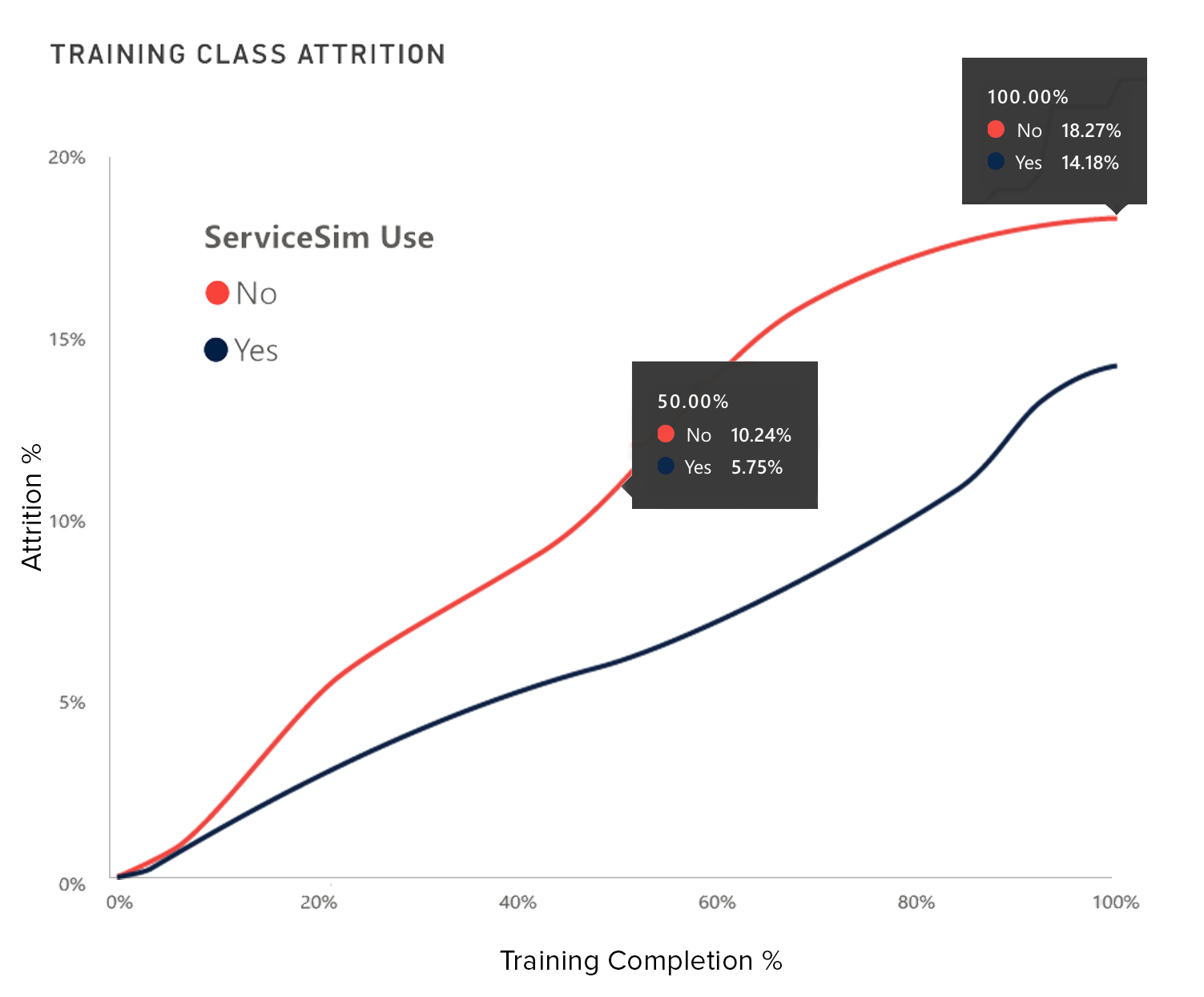Classroom training is a staple of contact center onboarding. New hires gather in a room (or a virtual room), listen to presentations, take notes, and complete modules. It’s structured, predictable, and easy to track.
But here’s the reality:
- Only about 10% of employee learning comes from formal training sessions.
- Roughly 20% comes from coaching, mentoring, and peer interactions.
- And the overwhelming 70%? That happens on the job — through real or simulated experience, problem-solving, and navigating challenges in the moment.
The problem is, too many contact centers put the bulk of their effort into that 10%. They assume if the classroom training is solid, agents will be ready for anything. But that’s not how people learn — and it’s not how skills stick.
Why Formal Training Falls Short
Formal training has its place. It can introduce concepts, provide a shared vocabulary, and ensure compliance with key policies. But it’s passive by nature. Agents aren’t doing the job — they’re hearing about it. And without a chance to apply those concepts in context, most of it fades within days.
What to Do Instead
Forward-thinking contact centers are reframing their approach. They still provide formal training, but they focus heavily on the other 90% — the on-the-job and social learning that happens when agents face real scenarios.
That’s where ServiceSim comes in. Our real-time simulation platform creates realistic, high-pressure customer interactions in a safe practice environment. Agents can apply what they’ve learned, make mistakes, and get feedback — without the risk of losing a customer.
See how ServiceSim works in 2 minutes:
By integrating ServiceSim into your onboarding and ongoing training, you:
- Turn passive learning into active skill-building
- Shorten the time it takes for new agents to reach proficiency
- Build confidence before agents ever handle a live call
- Provide consistent, repeatable practice reps that reinforce classroom concepts
The Bottom Line
Classroom training will always be part of the picture. But if it’s all you rely on, you’re setting your agents — and your customers — up for frustration. The best contact centers go beyond the classroom, blending formal training with hands-on, realistic practice that sticks.
Your agents don’t just need to know what to do. They need the confidence and muscle memory to do it — every time.
Want to Try ServiceSim free?
Visit the ServiceSim listing on Microsoft’s Azure Marketplace

SUBSCRIBE FOR EMAIL UPDATES

